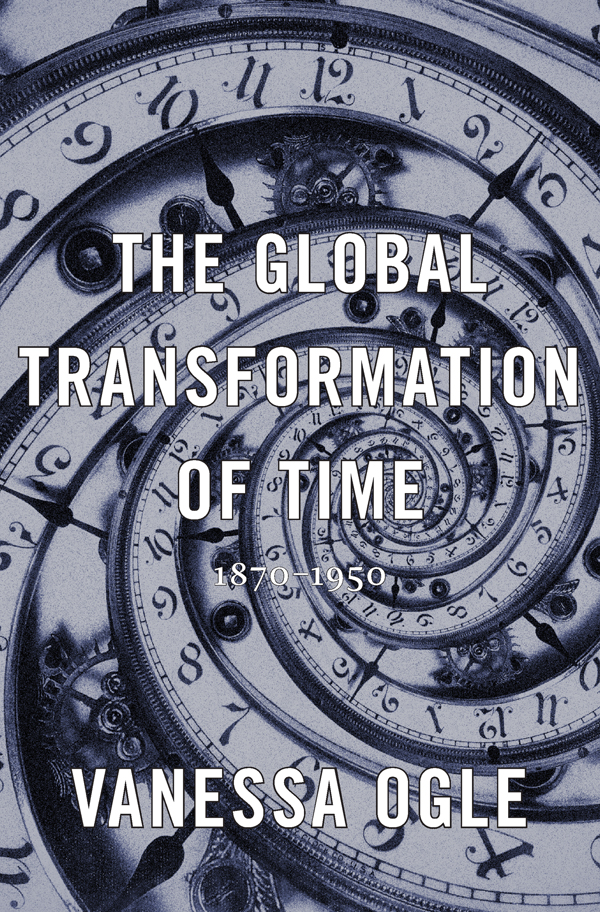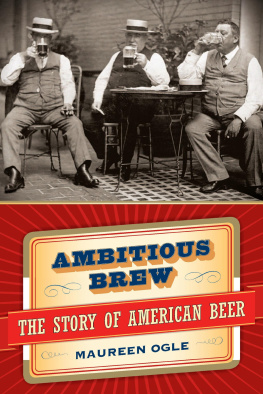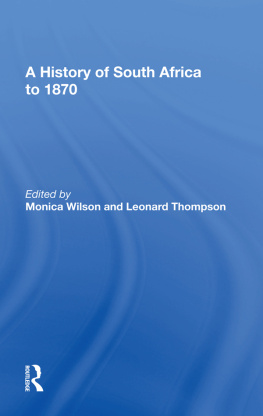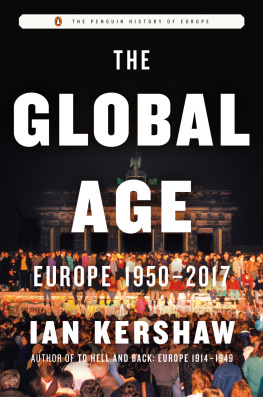Ogle - The Global Transformation of Time 1870-1950
Here you can read online Ogle - The Global Transformation of Time 1870-1950 full text of the book (entire story) in english for free. Download pdf and epub, get meaning, cover and reviews about this ebook. year: 2015, publisher: Harvard University Press, genre: Politics. Description of the work, (preface) as well as reviews are available. Best literature library LitArk.com created for fans of good reading and offers a wide selection of genres:
Romance novel
Science fiction
Adventure
Detective
Science
History
Home and family
Prose
Art
Politics
Computer
Non-fiction
Religion
Business
Children
Humor
Choose a favorite category and find really read worthwhile books. Enjoy immersion in the world of imagination, feel the emotions of the characters or learn something new for yourself, make an fascinating discovery.

The Global Transformation of Time 1870-1950: summary, description and annotation
We offer to read an annotation, description, summary or preface (depends on what the author of the book "The Global Transformation of Time 1870-1950" wrote himself). If you haven't found the necessary information about the book — write in the comments, we will try to find it.
Ogle: author's other books
Who wrote The Global Transformation of Time 1870-1950? Find out the surname, the name of the author of the book and a list of all author's works by series.
The Global Transformation of Time 1870-1950 — read online for free the complete book (whole text) full work
Below is the text of the book, divided by pages. System saving the place of the last page read, allows you to conveniently read the book "The Global Transformation of Time 1870-1950" online for free, without having to search again every time where you left off. Put a bookmark, and you can go to the page where you finished reading at any time.
Font size:
Interval:
Bookmark:

THE GLOBAL TRANSFORMATION OF TIME
18701950

VANESSA OGLE

Cambridge, Massachusetts
London, England
2015
Copyright 2015 by the President and Fellows of Harvard College
All rights reserved
Jacket image: Alex Teuscher/Getty Images
Jacket design: Tim Jones
978-0-674-28614-6 (hardcover)
978-0-674-73702-0 (EPUB)
978-0-674-91600-5 (MOBI)
The Library of Congress has cataloged the printed edition as follows:
Ogle, Vanessa.
The global transformation of time : 18701950 / Vanessa Ogle.
pages cm
Includes bibliographical references and index.
1. TimeSystems and standardsHistory.
2. TimeSociological aspects.
3. Globalization. I. Title.
QB223.O35 2015
389'.17dc23 2015006973
IN THE SPRING of 1891, Count Helmuth von Moltke rose to speak in the German parliament on the adoption of uniform time. His ninety years of age barely showed, for contemporaries later credited his energetic and inspiring speech with swaying an undecided audience toward the support of the proposed change of time. After several years of discussion among ministries, railway officials, legislators, and the public, Germany was finally ready to consider the nationwide implementation of a common mean time. It was less clear whether such a new time would apply only for internal use in telegraphy, railways, and perhaps select government offices, or whether the new mean time would be extended into all aspects of civil life. Even Moltke himself urged caution, given the magnitude of changes he and others understood to be part of such a switch. Moltke did not live to enjoy the fruits of his oratory labor; the grand old man of German military strategy passed away barely a month after his performance in the Reichstag. But in the fall of 1892 and again in the winter of 1893, the German parliament discussed a bill that proposed to make the time one hour faster than Greenwich, United Kingdom, the new mean time for all of the German Empire. The bill passed and became law on April 1, 1893, for both internal administrative and external purposes of daily life.
Helmuth von Moltke was addressing a subject that was arguably one of the most important social, political, and cultural transformations wrought by a long nineteenth century: the emergence of modern times. In an arduous and drawn-out process, local times were abolished in favor of time zones and countrywide mean times; the Gregorian calendar spread to parts of the non-Western world; time was eventually severed from natural and agricultural rhythms and instead assumed more abstract qualities, a grid to be grafted onto natural rhythms; time was increasingly linked up with occupational notionswork time, leisure time, recreational time, time for acquiring useful knowledge. In many parts of the world, these transformations for almost a century resulted in an even greater variety of times, as religious and other times and local calendars continued to be used alongside new times. Hybridized and again transformed by changing patterns of communication and occupation in the postindustrial society, these modern times are still with us today.
Moltke was no unknown quantity. For some thirty years, he had headed first the Prussian and then the German general staff. His military prowess was widely regarded to be a leading cause behind Prussias victories in three wars of unification, conflicts that paved the way for the establishment of a German nation-state in 1871. In the parliamentary debate of 1891, Helmuth von Moltkes sleight of hand was therefore to play the card of the military leader. Perhaps Moltkes most distinct feature as a nineteenth-century strategist had been his knowledge and utilization of railways in the service of war. Railroads and supply lines had already played a role in the 1866 war with Austria, but the real test came in the 18701871 conflict with France. Here, Moltke deftly organized troop movements with the help of railways, not least thanks to a meticulously orchestrated system of schedules and connections. When the old man made his case for uniform time before the Reichstag, he stressed the indispensable nature of well-timed railways for the defense of the German fatherland. Even in peacetime, he warned, the annual mobilization drill depended on the smooth and flawless movement of troops with the help of railways. For all these reasons, Moltke contended, the adoption of a uniform German mean time was a matter of national security, as it stood to greatly improve a key element in defense. Opposing it meant rendering Germany vulnerable.
Moltke advanced a second argument as to why Germany needed uniform time. Currently, a total of five times were followed in the country: Berlin, Ludwigshafen, Karlsruhe, Stuttgart, and Munich time. Such a multitude of times was, according to Moltke, ruins that had been kept standing from the time of German fracture, which now that we have become a Reich [the German Kaiserreich, imperial Germany], would rightly have to be abolished. The general was referring to the political situation prior to 1871, when Germany consisted of numerous small, often tiny territorial states loosely joined together in the German Confederation. Doing away with the regionalism inherent in keeping five different times was as much an act of national security as of nation-building.
Moltkes national reasoning notwithstanding, once these plans took the form of a bill placed before the German parliament, they were interspersed That system, and slightly later, its less well-known twin project of introducing a uniform world calendar, obeyed the logic of an almost utopian vision of universal time, of connectivity and growing integration. Evidence of such evocations of an interconnected world is ample and ranges from journalistic essays, pamphlets on time unification, tracts penned by scientists, and statements by legislators, administrators, and watchmakers. What at first blush might appear as mere rhetoric was too deeply engrained a mind-set and worldview to be dismissed as window dressing.
The drafters of the German bill were right: the latter decades of the nineteenth century saw dramatically enhanced interactions on a global scale, drawing people and regions into networks of production and exchange, into imperial and colonial careers and livelihoods, while disrupting autonomous, regional economic and political systems in non-Western societies. As early as 1848, Marx and Engels put a socioeconomic spin on interconnectedness when writing that the need of a constantly expanding market for its products chases the bourgeoisie over the whole surface of the globe. It must nestle everywhere, settle everywhere, establish connections everywhere. Telegraphs, railways, and steamships furnished new technological and communicative underpinnings for such interactions. The nineteenth-century world, to use a present-day term, was rapidly becoming more globalized.
In his reading of universal time as German national time, Helmuth von Moltke was barely alone. The apparent tension between universalizing ideas about uniform time, the spread and flow of such ideas, and a nationalist and sometimes regionalist framework of implementing such ideas was not lost on contemporary observers. Robert Schram, an Austrian geodesist reflecting on the adoption of nationwide mean times, observed as much. Our century displays strange opposites, he wrote. While on the one hand mankind is seeking to separate itself into closely sealed-off groups of nations and little nations [natinhen] and to erect dividing walls among them, on the other hand, [mankind] feels to unprecedented degrees the need for commonalities in everything that has to do with trade, industry, and technology. Uniform time was one such commonality.
Font size:
Interval:
Bookmark:
Similar books «The Global Transformation of Time 1870-1950»
Look at similar books to The Global Transformation of Time 1870-1950. We have selected literature similar in name and meaning in the hope of providing readers with more options to find new, interesting, not yet read works.
Discussion, reviews of the book The Global Transformation of Time 1870-1950 and just readers' own opinions. Leave your comments, write what you think about the work, its meaning or the main characters. Specify what exactly you liked and what you didn't like, and why you think so.







